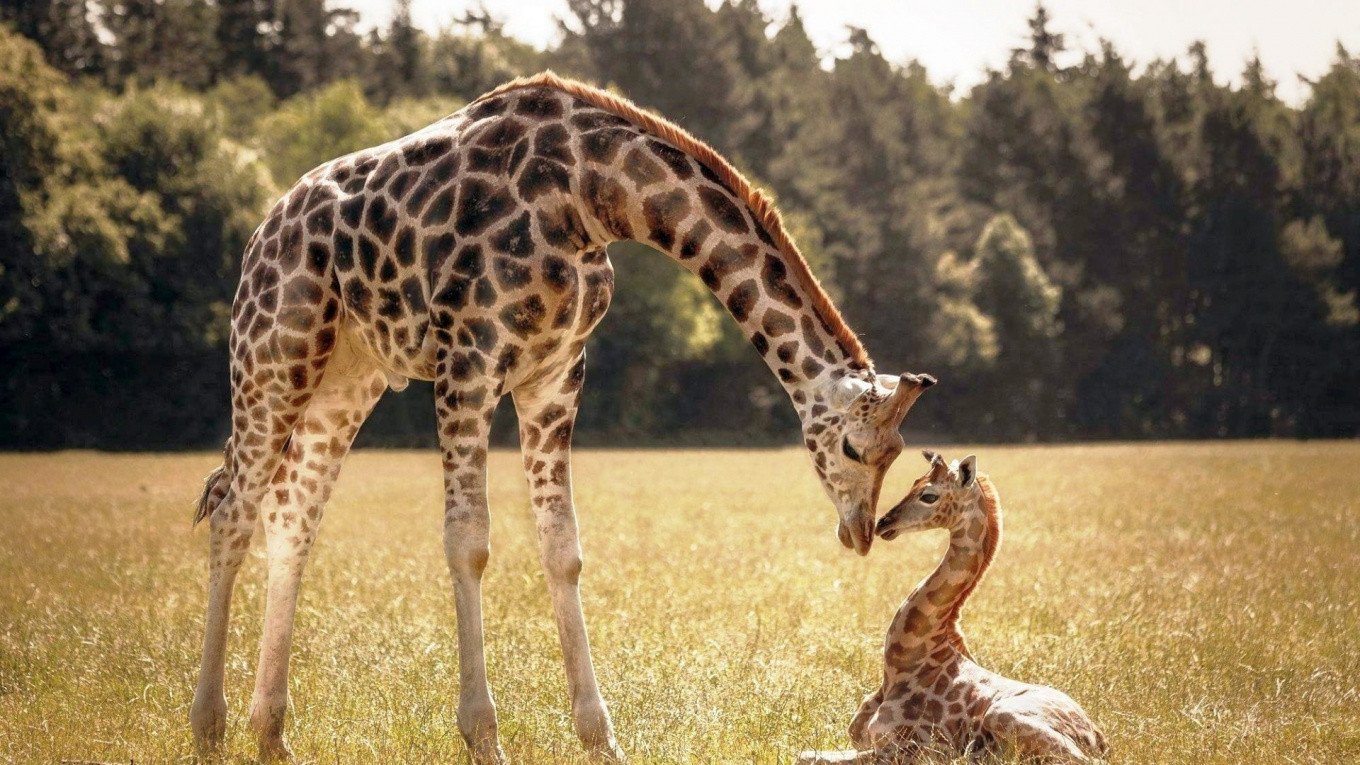In a new Ethology study, researchers examined information on two adjacent giraffe populations in Kenya to determine whether human activities and high predation affect their social networks.
One study site was a premier tourist destination with a high volume of human activity in the form of tourist traffic and lodges, alongside a high density of lions that preferentially prey on giraffe calves. The other was a private wildlife conservancy with minimal human activity and no lion population.
Giraffes at both sites showed preferences to associate with and avoid specific individuals, but the social bonds between individuals were stronger and more exclusive in the population exposed to high levels of human activity and lions. It was also more fragmented than the group with low disturbance.

[rand_post]
“Wildlife populations are increasingly becoming restricted to enclosed conservation areas, and economic activities supporting conservation–or tourism–are increasing exponentially, yet there has been little consideration for how such an increase in human-related activity might affect the populations of animals they are working to protect,” said lead author Zoe Muller, of the University of Bristol, in the UK. “If disturbance by humans affects the ability of animals to survive and reproduce, then this potentially puts the future survival of species at risk.”